Barcode scanning technology has been widely used in the global retail industry in recent years. While providing convenience for our lives, it has also brought us many new experiences. 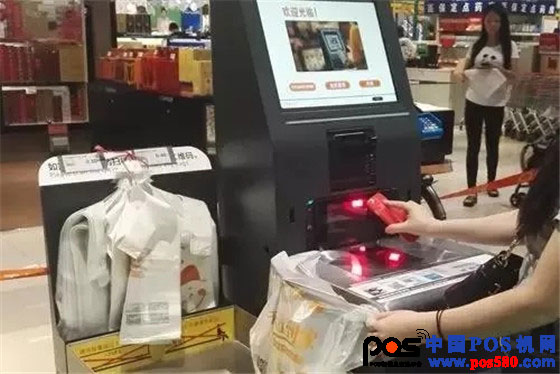
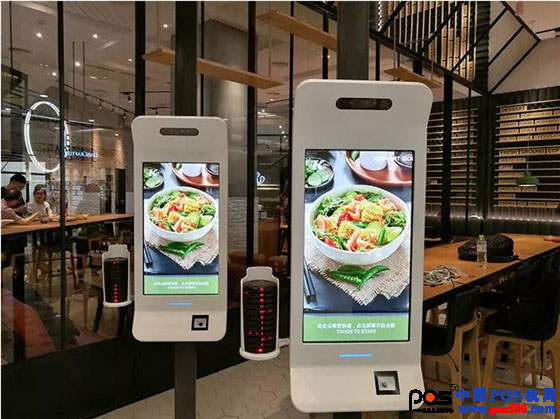
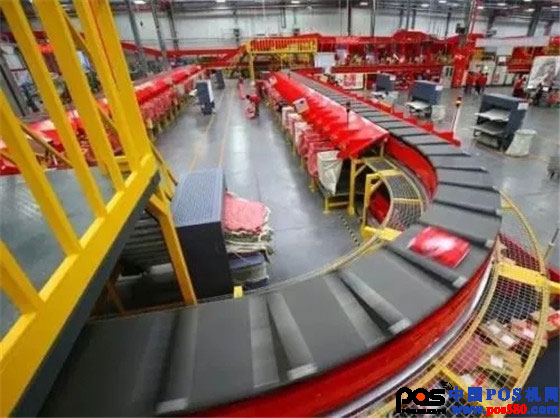
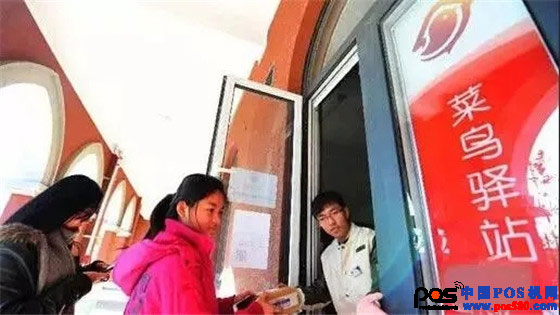
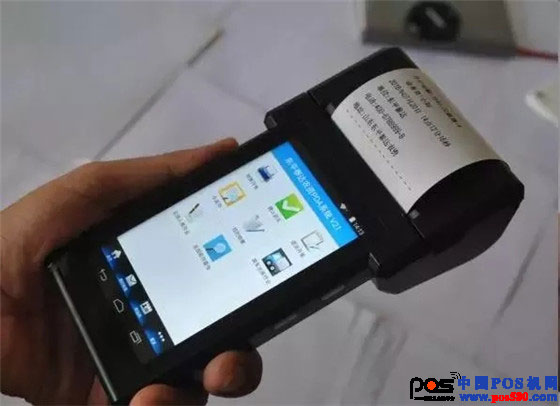

Next, this article will make an inventory of various application scenarios and technical solution providers of barcode scanning in the retail industry.
Application scenario 1: Self-service cash register + barcode scanner, a new experience of smart cash register

Barcode scanning application scenarios and technical solutions in the retail industry
"Internet + new retail" is coming, and the traditional retail industry has reached the threshold of transformation. Prior to this, self-service cash registers that were common in foreign supermarkets slowly appeared in domestic supermarkets, and many chain supermarkets such as Rainbow, Yonghui, and Wumei successively introduced self-service systems. Self-service cash register is gradually becoming an important trend and trend in China's retailer super field.
Compared with traditional cash register equipment, the self-service cash register is embedded with a two-dimensional code scanner, which combines bar code scanning and data transmission performance, and has good performance for one-dimensional / two-dimensional barcodes and one-dimensional / two-dimensional payment codes for payment apps Combined with commodity management and cash register systems in the supermarket, it seamlessly interfaces with POS card payment, Alipay, and WeChat payment interfaces to provide consumers with a variety of choices. Consumers only need to select the payment method for settlement after scanning and entering the barcode of the commodity according to the system.
Application scenario two: scan code to order and self-checkout after meal

Barcode scanning application scenarios and technical solutions in the retail industry
With the advent of the mobile payment era, consumers can now order food by scanning codes. The restaurant can create smart catering through network upgrade, as long as it scans the QR code on the ordering machine or pays attention to the restaurant's WeChat public account to realize intelligent ordering. Not only that, after finishing the meal, you can check out on the code sweeping and ordering machine, open the WeChat or Alipay payment code of the mobile phone and swipe on the scan window area of ​​the ordering machine, and you can print the small receipt. It is understood that the bar code scanner has a bar code scanner embedded under the bar code scanning window, which combines the functions of data transmission, data collection and bar code scanning and payment. Combined with the smart food ordering system, the mobile phone order and code payment can be realized. The meal process is efficient and fast.
On July 1, 2017, KPRO, KFC's first green light food restaurant, officially opened. In order to enter the market of young consumers, in addition to changes in the decoration style and dishes, KFC also introduced many smart technology products. Among them, in order to create a green restaurant, KFC K PRO introduced paperless ordering. "Paperless ordering" can reduce labor costs, reduce the queue order time, and give guests the most convenient interactive experience. Consumers only need to order food on the self-service ordering machine, and then remove the sign from the left rack, and the waiter will deliver the meal to your location. These self-service ordering machines are embedded with a well-known manufacturer's reading engine NLS-EM20, which can read all kinds of mainstream one-dimensional barcodes and standard two-dimensional barcodes. It adopts a fully integrated design, with small size and large reading window, which is very easy to embed. Used in various cabinets. In order to prevent the waiter from sending the wrong meal, KFC K PRO uses a fixed barcode scanner NLS-FR40 as a barcode reading device for the meal verification link. In the experience, you can switch the reading mode with one click; when scanning items, The device can start up instantly and turn on infrared speed sensing.
Application scenario 3: Jingdong warehouse management

Barcode scanning application scenarios and technical solutions in the retail industry
Barcode technology is introduced in the warehouse management, which can automatically collect data from various operations of the warehouse such as arrival inspection, warehousing, warehousing, transfer, shifting, inventory counting, etc., to ensure data input for each operation of the warehouse management The efficiency and accuracy of the company ensure that the company can accurately grasp the real data of the inventory in a timely manner, and reasonably maintain and control the enterprise inventory. Through scientific coding, it is also easy to manage the batch and shelf life of items.
The main application of Jingdong Mall is RFID technology, EPC inventory picking technology, inventory counting technology and intelligent shelf technology, in order to achieve automated warehouse management. JD Mall divides its warehouse into three areas, namely receiving area, storage area, and outgoing area. In the receiving area, Jingdong Mall first conducts a random sampling of the goods sent by the supplier, and then uses EPC and electronic label technology to attach a barcode label to each product as a unique identification evidence for the product, and then all the products Stored in the storage area, each shelf has a unique number. When it is on the shelf, Jingdong warehouse commodity management personnel will use the PDA (handheld terminal) device to scan the barcode of the commodity and associate it with the commodity, and then pass it into the information system. In this way, after the user's order is placed, the warehouse commodity management personnel can directly pick up the goods on the corresponding shelf based on the system records, without checking the commodity name.
In addition, based on the calculation results of historical data, JD Mall will promptly place highly relevant products together to improve the efficiency of the warehouse to complete orders. During the promotion season, in order to cooperate with the promotion of the goods on the website, the inventory position will also be changed simultaneously to save the time for picking up and improve the efficiency of the goods out of the warehouse. The warehousing system management includes three major modules, namely the warehouse management module, inventory location management module, and warehouse management module. The system is responsible for warehouse management scanning, updating EPC label information, and determining the commodity storage area and shelf location. The application of IoT warehouse management technology enables JD.com to place commodities more efficiently, update inventory information in a more timely manner, realize the visual management of commodities in the warehouse, improve the agility and accuracy of the warehousing process, and promote the service level of JD.com mall The improvement has provided guarantee for the correct delivery / return and the timeliness of replenishment, and improved customer satisfaction. From a cost management perspective, these technologies maximize the effectiveness of warehousing space, reduce commodity inventory, reduce storage costs, realize automated management of storage, storage, inventory, inventory and other links, save labor and inventory space, and greatly reduce Reduced losses in the supply chain due to accidents such as product location errors.
Application scenario four: logistics management of Cainiao Station

Barcode scanning application scenarios and technical solutions in the retail industry
The coordination of logistics and information flow is not entirely determined by the internal management system of the enterprise. EPR emphasizes the overall management of the supply chain and is an information platform that integrates enterprise resources; logistics management is the management of goods in the logistics process. To ensure the timely and accurate flow of goods, real-time recording data must be realized to truly reflect the flow of goods. The logistics characteristics require that the logistics center must complete the operations of cargo data collection, verification, and sorting in a short time, and the requirements for data accuracy and work efficiency are very high. How to efficiently and quickly collect information in the material flow, EPR, etc. is powerless, which requires the addition of means that can penetrate the end of the business link. The introduction of barcodes in logistics management has effectively improved the information collection in the material flow and solved the coordination problem between logistics and information flow.
Cainiao Station is a rookie logistics system. It is led by Alibaba's Cainiao Network and is a logistics platform for communities and campuses that is established with the authorization of Tmall. Provide users with convenient services such as collection of parcels, courier delivery, preferential shopping guide, Taobao purchasing, recharge and payment, ticket agency, etc. The package delivery management of the Cainiao Inn is characterized by the application of barcode technology. The use of professional barcode scanning handheld terminals to realize the informationization of parcels and goods management, comprehensively and accurately monitor the receipt, distribution and tray of packages in Cainiao Station. Realize real-time data collection and transmission, seamlessly connect to the back office of the express company. Effectively relieve the pressure of site parcels, greatly reduce the error rate of employee sorting, improve the efficiency of parcel management, and provide users with a more convenient package sending and receiving service experience.
Application scenario five: retail store sales site

Barcode scanning application scenarios and technical solutions in the retail industry
The sales site is the place where the market supervision manager of the retail store needs to arrive most every day, but due to the large number of stores, the furnishings, the location of the pile head are complicated, and there are often complicated scenes such as special sales meetings and ordering sites. Efficiency will be greatly reduced. The use of barcode data collectors can better complete the work, and the management staff can ensure the smooth operation of the entire store, so as to create the best experience for each customer entering the store. Specifically, it can help simplify task management, effective merchandise sales planning, on-demand training, and mobile inventory management.
Replenishment: If the shelves and promotional display cabinets in the store need to be restocked, the clerk only needs to scan the shelf label or the product itself, and the employees in the warehouse will immediately receive a notice to replenish, which can prevent the shelves from being vacant and losing sales opportunity.
Product positioning: When a customer asks if a product has other colors or sizes, the store clerk can check the stock on the spot. If a product is not placed in the designated location and a misplacement occurs, the clerk can use the mobile data terminal with integrated RFID to quickly find the product and avoid losing sales opportunities.
Price management, price increase and price reduction: By accessing commodity files in real time, prices can be changed quickly. With the help of retail mobile computers and mobile printers, shop assistants can easily scan products and print out new price tags, and you can complete price increases and decreases more accurately and quickly.
Application scenario 6: Smart food safety system

Barcode scanning application scenarios and technical solutions in the retail industry
In a shopping mall in Qingdao, the staff of Shinan District Food and Drug Bureau demonstrated the "Smart Food Safety" IoT supervision platform. At the AEON Mespel Store located in the China Railway Center, two law enforcement inspectors picked up a bucket of peanut oil from the shelves, took out their mobile phones, and opened the mobile law enforcement platform. The platform has six items, including inspection supervision, food For traceability, license inspection, laws and regulations, user center and credit files, the staff clicks on "inspection supervision" and scans the barcode of the product with the mobile phone. By connecting to the network, the mobile phone immediately displays the production date, place of production, enterprise, etc. Related Information. Afterwards, according to the guidance of the law enforcement terminal, the staff began to check the product purchase time, other products of the same manufacturer, supplier information, etc. "If a food safety problem is found, the law enforcement terminal will jump to another page, and we will register the content of the problem, such as product expiration and other information." The staff introduced that all operations will be connected to the supervision background and automatically save data in real time. If there is a problem, the problem link can be found immediately, and the law enforcement personnel can find the cause and deal with it according to the problem. This "smart food safety" IoT supervision platform will be promoted in large supermarkets, catering units, vegetable markets, etc., to make food supervision more detailed and accurate. In addition, based on this regulatory platform, an APP mobile phone transfer suitable for citizens to view and identify food information will also be developed to facilitate citizen inquiries.
Conclusion:
The widespread application of barcode scanning technology in the global retail industry in recent years has undoubtedly reduced a lot of manpower and customers' waiting time in line, which is the result of human's unremitting exploration and research on high efficiency. Currently, mobile payment, mobile marketing, self-checkout, and automated supply chain management are driving changes in the entire retail industry. With the continuous development of the market, we have enough confidence to believe that barcode recognition will definitely promote us to experience a better quality of life!
Portable Device,Blackhead Remover Strips,Red Light Mask,Led Mask Facial
Shenzhen Hongyutai Technology Co., Ltd. , https://www.redyut.com